Photovoltaic-membrane distillation turns waste heat from solar panels into a power source to drive an efficient water distillation process.
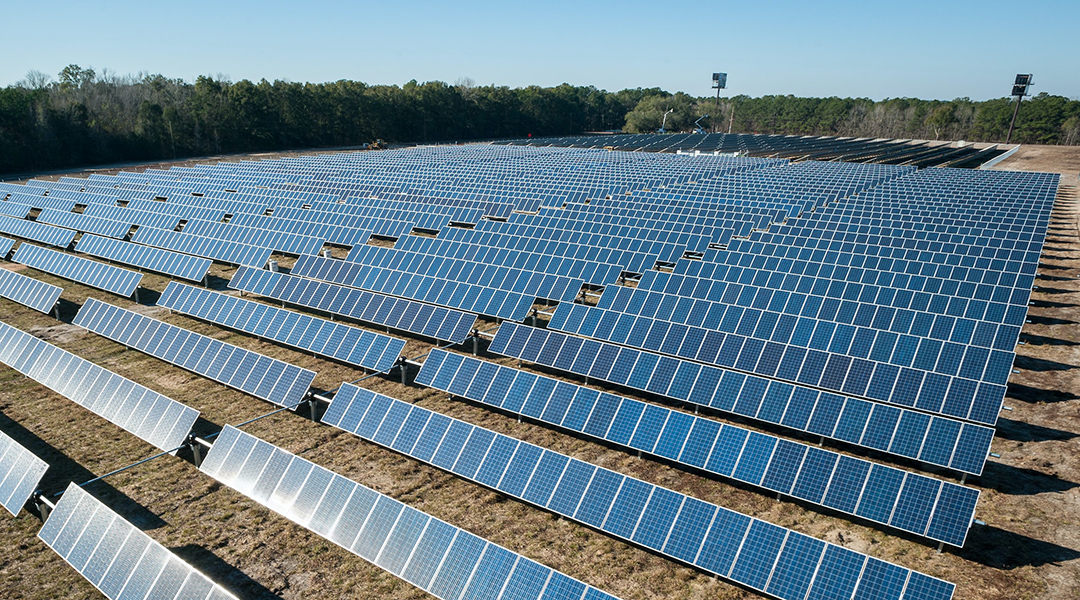

Photovoltaic-membrane distillation turns waste heat from solar panels into a power source to drive an efficient water distillation process.

Magnesium batteries promise to replace the lithium-ion battery, but there remain certain challenges and open questions in this field of research.
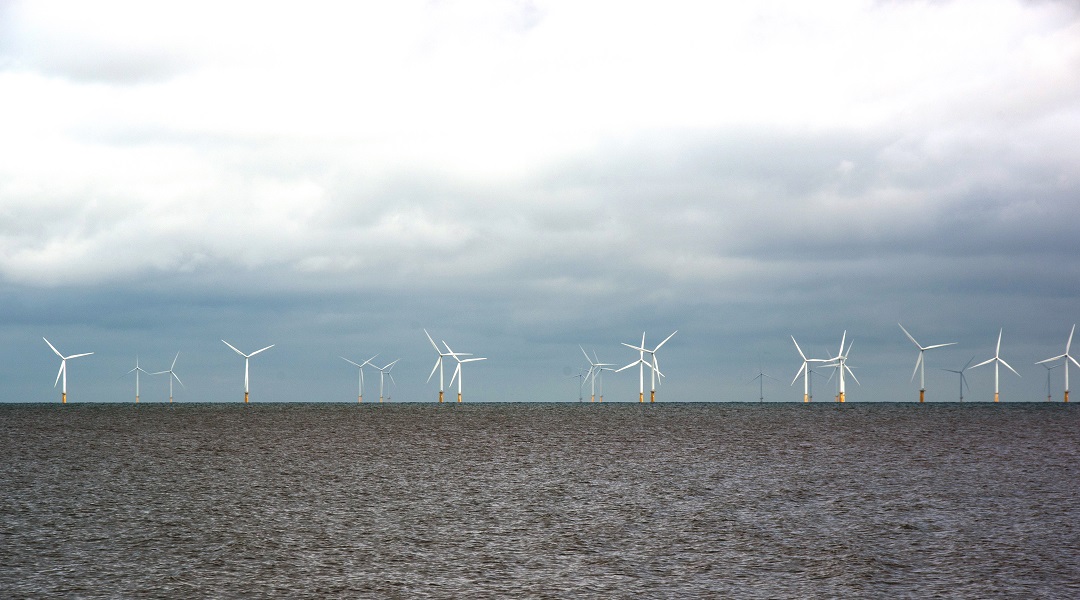
Dutch researchers develop a new computational model that could help turbine designers manage large uncertainties in wind and wave behavior.
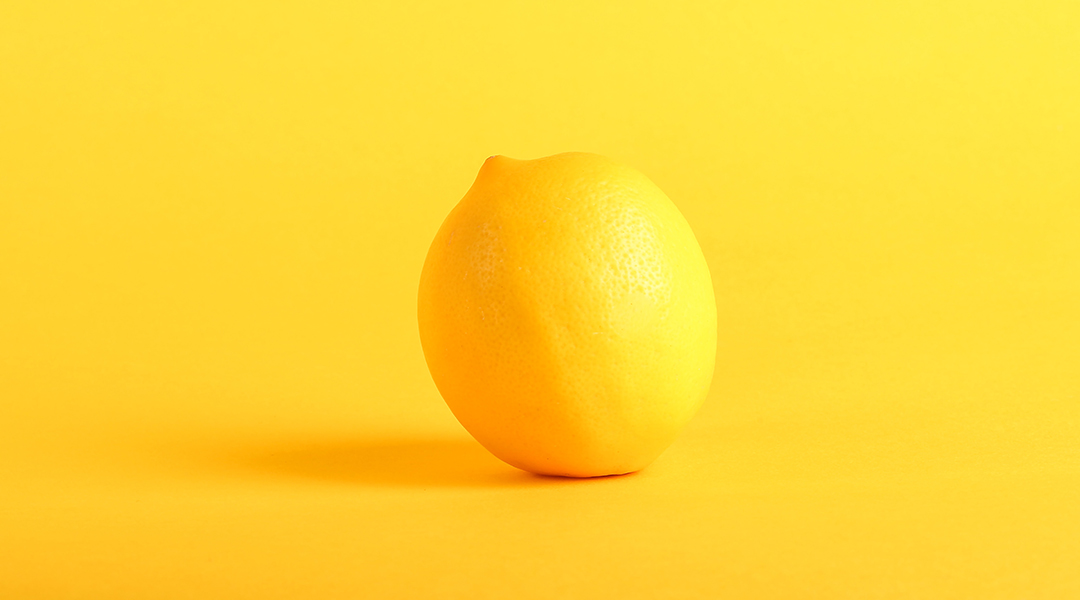
Today’s green chemistry technologies open the route to a broader and richer economy for lemons, well beyond the fresh fruit and fruit juice markets.
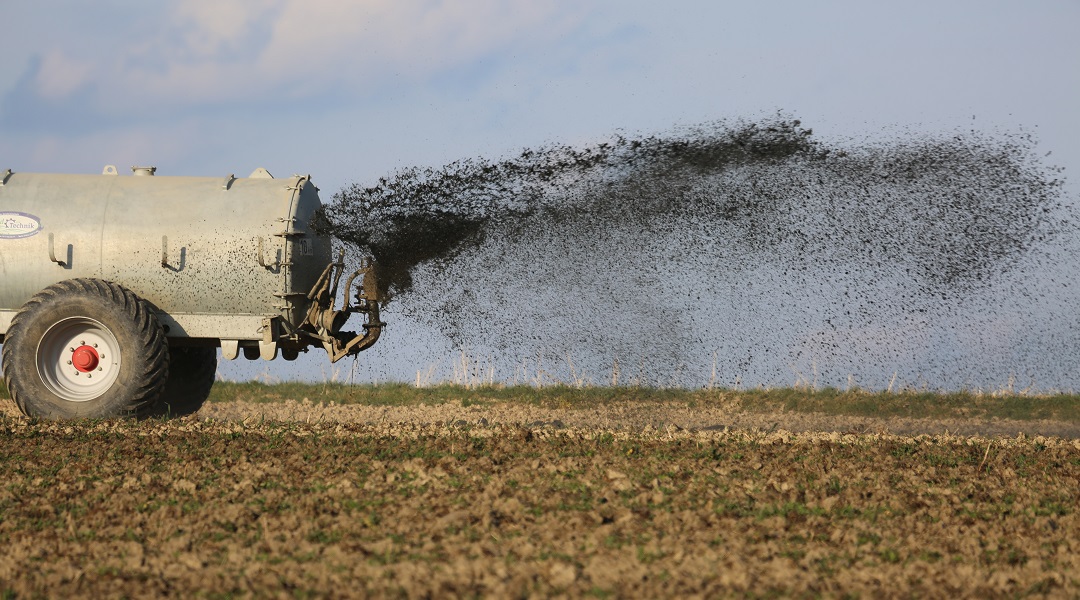
Researchers find an efficient way to convert nitrogen found in sewage into valuable ammonia.
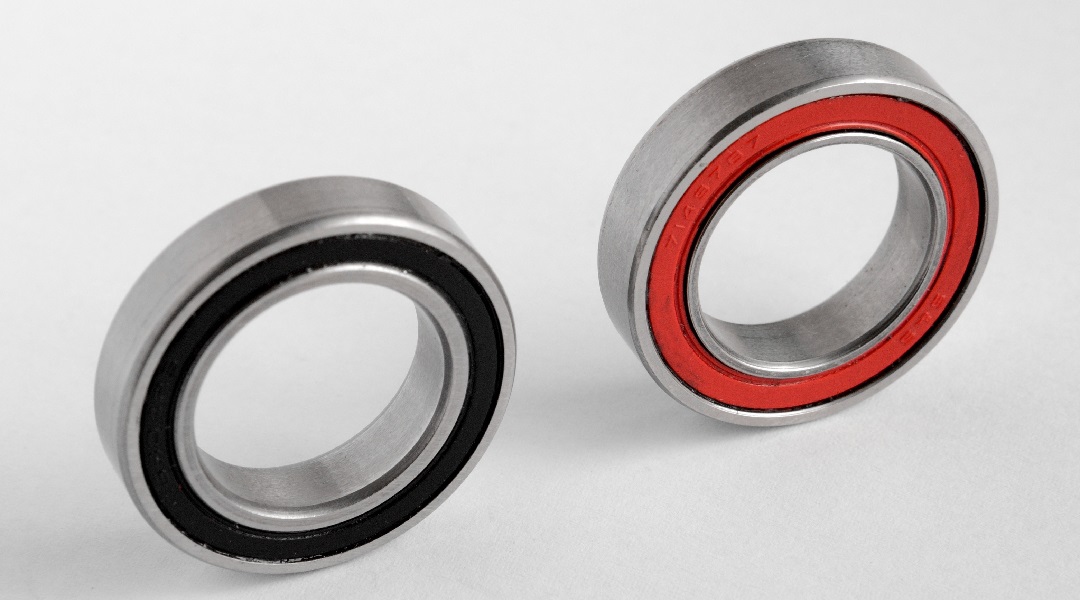
Researchers design a porous 3D graphene lubricant composite for harsh conditions and high loads.

Researchers reinforced aluminum with polymer waste and obtained a new materials with unexpected material.

Scientists have developed a new method to clean atrazine from drinking water using a new photo-sensitive material and sunlight.
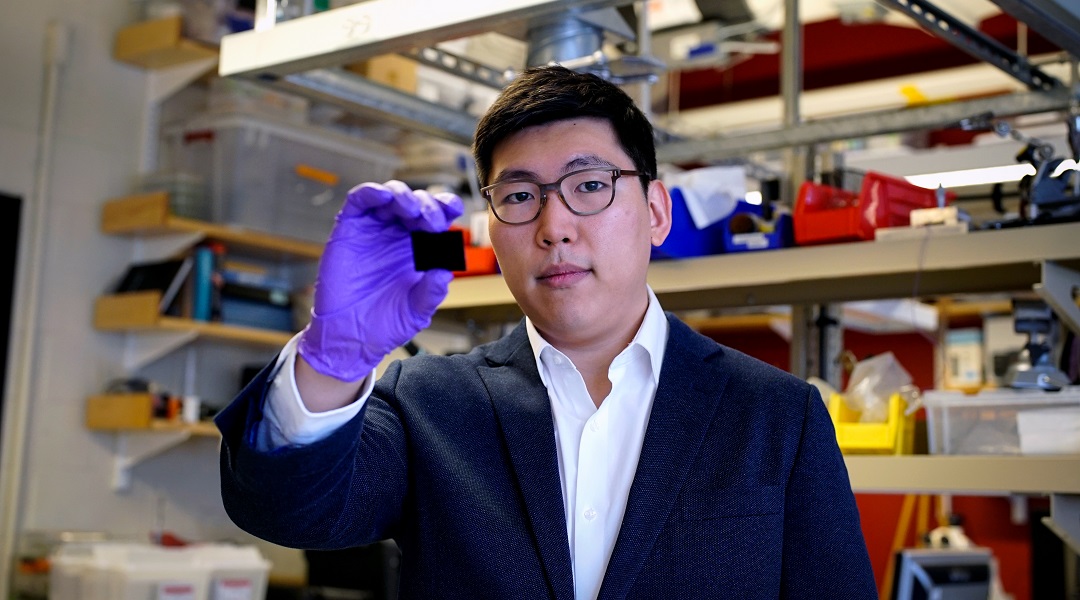
A new fabrication technique for aerospace components uses a carbon nanotube film to produce large composites without the need for large ovens or autoclaves.
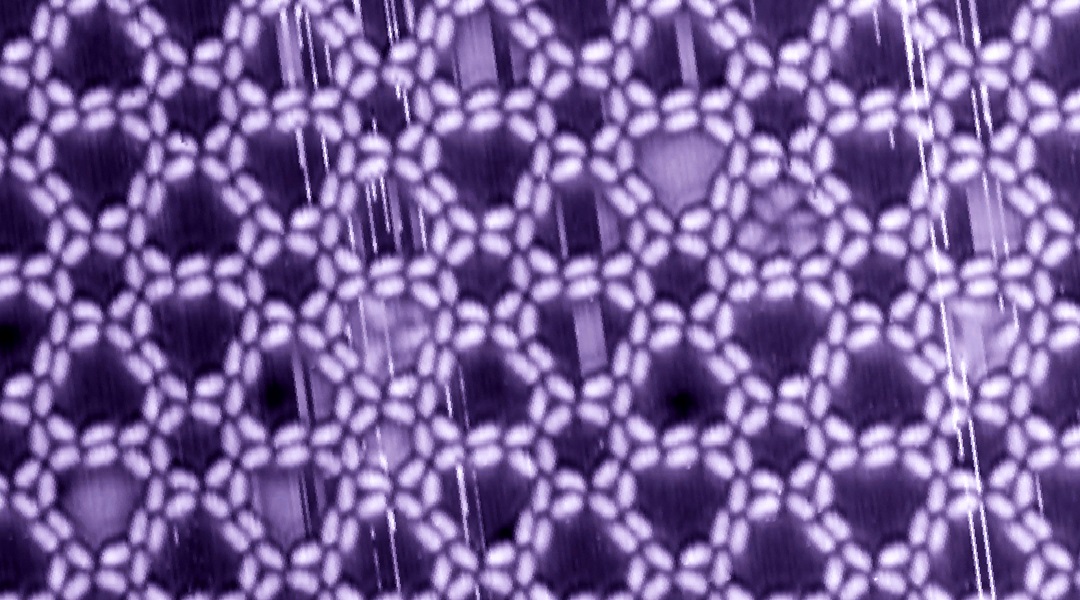
Scientists have functionalized a simple nano-building block to form self-assembling molecular networks that exhibit exceptional properties.